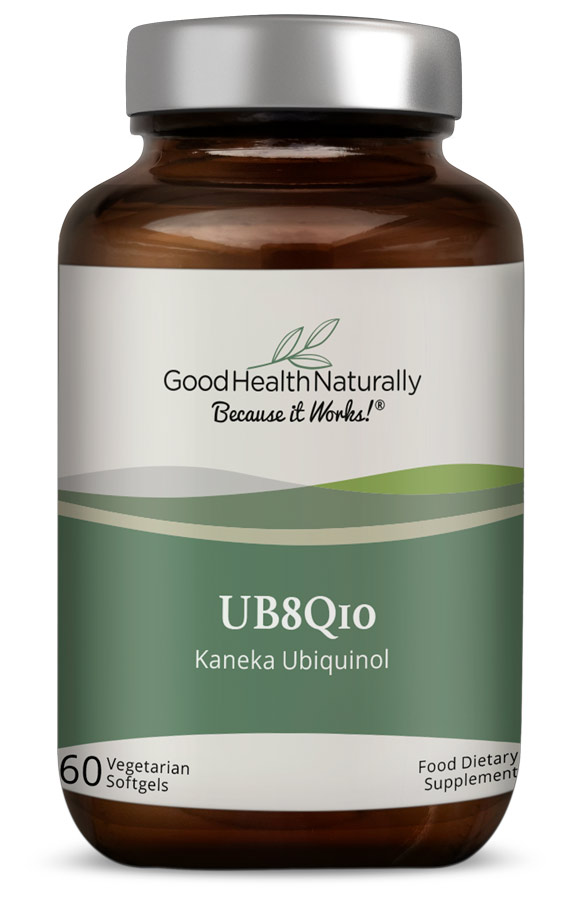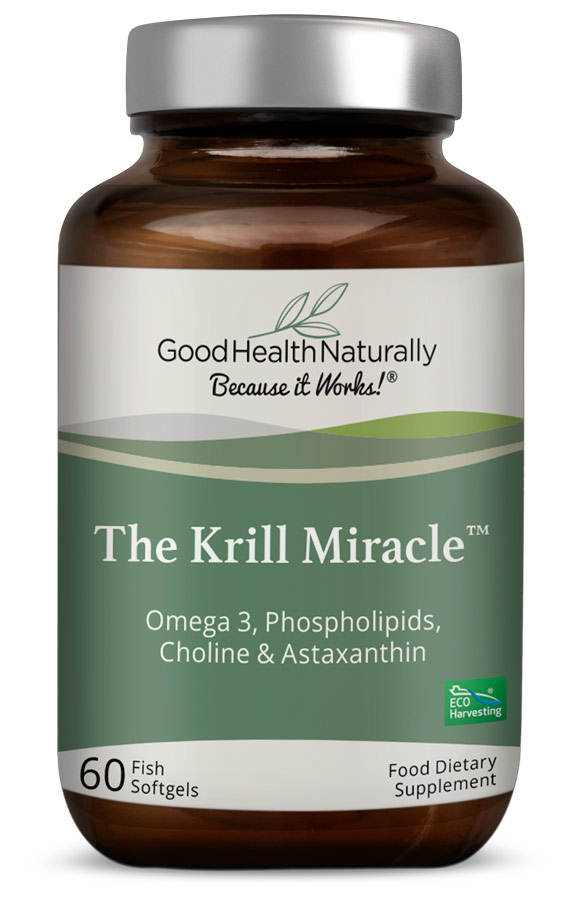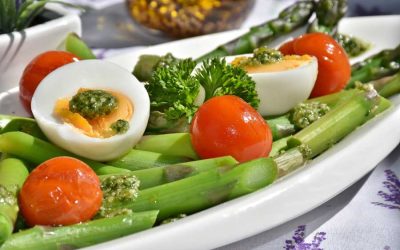Raynaud’s phenomenon, also known as Raynaud’s syndrome or disease, is a condition which affects blood flow to certain parts of the body – usually the fingers and toes. One of the known triggers is cold weather, which means it is worse for people in winter. It is characterised by vasospasms, which cause the affected areas to turn white or blue and feel cold and numb with tingling or throbbing sensations until circulation is restored. While it can be challenging to manage, you can do a lot to improve circulation and reduce inflammation, which aggravates this condition. Our latest article delves deeper into the issue and explores natural relief for Raynaud’s syndrome.
Who is Affected
It affects three to five per cent of adults worldwide. However, women are five times more likely to have Raynaud’s than men. It usually happens between the ages of 20 to 40 in women and later in life in men.
There are two main types: primary and secondary. If it is not linked to any other medical condition, it is known as primary Raynaud’s. This is more common in people living in cold climates and those with a family history of the condition. Secondary Raynaud’s, on the other hand, is associated with other diseases, such as scleroderma, lupus or rheumatoid arthritis.
Signs and Symptoms
Although some cases may be severe, Raynaud’s does not usually cause permanent damage. The skin turns white or blue, then red during an attack, which can last minutes or several hours. It can also happen in other extremities like the earlobes, nose and lips. The area may feel numb or start tingling and swelling. Extreme cases can lead to ulcers and even gangrene.
How to Find Natural Relief for Raynaud’s Syndrome
Focus on Heart Health
To find natural relief for Raynaud’s Syndrome, adopt a heart-healthy diet which promotes good circulation. Foods rich in antioxidants, such as fruits and vegetables, can contribute to overall vascular health. Staying hydrated is equally important, as dehydration can exacerbate symptoms. Avoiding smoking and excessive caffeine intake is advisable, as both can constrict blood vessels and worsen Raynaud’s symptoms.
Get Spicy
Warming anti-inflammatory spices like ginger, garlic, cayenne, chilli, and dark chocolate/cocoa powder can help boost circulation. Try adding them to cooking or even to teas.
Ginkgo Biloba
Gingko biloba is one of the best-researched remedies to help individuals find natural relief for Raynaud’s Syndrome. It is known for its potential to enhance circulation. It works by dilating blood vessels and improving blood flow to the extremities. Some studies suggest supplementing with ginkgo biloba may help to alleviate symptoms and reduce the frequency of attacks.
Amino Acids Can Help
L-arginine is an amino acid that plays a crucial role in the production of nitric oxide, a compound that relaxes blood vessels. Promoting vasodilation may improve blood flow and reduce the frequency of vasospasms. Foods rich in L-arginine include nuts, seeds, and dairy products. Nitric Oxide-rich foods like beetroot, broccoli, carrot, cabbage, cauliflower, spinach, kale, cocoa, pomegranate, and amino acids can also help support circulation.
Healthy Fats
Omega-3 fatty acids have anti-inflammatory properties, which may help improve blood flow and can play a role in finding natural relief for Raynaud’s syndrome. Studies suggest it may enhance blood vessel function, potentially reducing the frequency and severity of vasospasms. Therefore, aim to incorporate plenty of oily fish, walnuts, chia and flaxseeds into the diet, or consider supplementing with an omega-3 rich product, like krill oil.
Vitamin D
Emerging research indicates adequate vitamin D levels have a potential role in managing autoimmune conditions, including Raynaud’s disease. This is primarily due to its role in regulating the immune system and reducing inflammation. Supplementation is usually necessary during winter and sometimes year-round for people with limited sun exposure.
Coenzyme Q10
CoQ10 is an antioxidant that plays a vital role in energy production within cells. Some studies suggest that CoQ10 supplementation may improve blood flow and reduce the severity of Raynaud’s symptoms. It is found in certain foods like fish, meat, and nuts, but individuals can consider supplementation if they have difficulty obtaining sufficient amounts through their diet.
Magnesium
This mineral is involved in various physiological processes, including muscle function and blood vessel dilation. Adequate magnesium levels may contribute to improved blood flow and relaxation of blood vessels, benefiting individuals with Raynaud’s. Therefore, increase your magnesium levels by including plenty of leafy green vegetables like spinach and kale, avocado, pumpkin seeds, and almonds.
Lifestyle Factors
Cold temperatures can trigger vasospasms, so people with Raynaud’s should dress in layers, paying particular attention to keeping extremities warm. Wearing insulated gloves, socks, and thermal clothing can help prevent the chilling effects of cold weather.
Managing stress is also essential, as stress can exacerbate symptoms by triggering vasospasms. Try relaxation techniques such as deep breathing, meditation, yoga and Tai Chi to help keep stress levels in check. Regular exercise is also beneficial, as it improves overall cardiovascular health, helps maintain warmth, and reduces stress.
To Conclude
While the condition presents challenges, many ways exist to find natural relief for Raynaud’s syndrome. Improving blood circulation, managing stress, and incorporating certain supplements may all help to offer support and symptom relief.
Product Recommendations
Please note: The product images represent the ongoing rebranding across Good Health Naturally range and may currently vary from actual stock.







